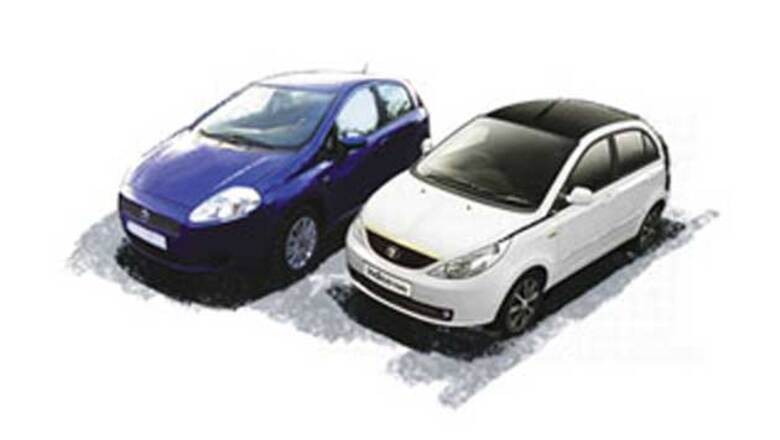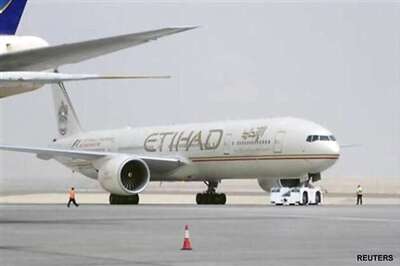
views
In the car business, automobile dealers form an important part of the business and are considered family by companies. So, a few months ago, when Pune-based BU Bhandari, one of the oldest and most networked car dealers in Maharashtra, quit from Tata Motors, there were clear signals that all was not well with the car company’s business. Bhandari’s showroom sold Tata and Fiat cars but had of late stopped making money.
For the year 2009-2010, the Tata Motors-Fiat joint venture’s losses have increased 39 percent to Rs 920 crore from Rs 698 crore in the previous year. For Fiat, the year so far has been disastrous. Sales of Fiat cars have plummeted from over 2,100 cars in March 2010 to less than 1,700 in September. Market share has declined from 1.17 percent to 0.83 percent for the same period and its Ranjangaon plant now lies largely under-utilised. For Tata Motors, which put about Rs 550 crore as equity in the JV, it seems like an increasingly loss-making proposition.
The 50:50 JV between Tata Motors and Fiat Automobiles was formed in 2006 by the flamboyant Sergio Marchionne and the reticent Ratan Tata. It now has its back to the wall. The project had been formed to specifically sort out the problems of the car business of the two companies.
Prakash Telang, managing director, Tata Motors, says, “There are some issues with the JV that need to be sorted out.” His counterpart in Fiat, Rajeev Kapoor, who heads the JV, puts up a brave face: “It [the JV] has a bright future despite niggling problems.”
But moves within the two companies indicate that the problems of the car businesses and hence the JV, run deeper. In Tata Motors, the new CEO Carl Peter Foster chairs a more rigorous review meeting on the JV every month. Two months after Foster took over, Rajiv Dube, who built Tata Motors’ car business quit the firm. A Tata Motors exec, who did not wish to be named, says that Foster expressed displeasure about the car business right from his first visit to the Pune factory. He is said to have asked Dube why Tata Motors was relying on outsiders for engines and lamented on the lack of an engine development programme within the company.
Two expatriates, Peter Mertns and Timothy Leverton have been brought in to head crucial functions — quality and research, respectively — to bring the standards up to speed. Recently, Foster moved R. Ramakrishnan, a highly rated executive who was responsible in developing a brand new line of commercial vehicles, to the passenger car business.
Fiat on the other hand has hastened the launch of a newer version of the Linea, the T-Jet, a more powerful car, which sports an imported engine. Fiat is also planning to set up its own branded, exclusive showroom, a departure from the original idea of selling cars exclusively from Tata Motors’ dealers.
To understand the flurry of activity around the car businesses, a little background on the Fiat-Tata JV should help. In late 2005, as Ratan Tata was looking at the next phase of growth for his car venture, he found that it would take the company an investment upwards of Rs. 1,500 crore and three to four years to put a new engine development programme on track. Indica needed a new power train to compete with the newer models of cars being introduced in the market and also to comply with newer environmental rules.
Around the same time, Marchionne was looking for a new lease of life for Fiat in India. Having lost all its dealerships, Marchionne desperately wanted sales and service presence across the country. Fortunately for the Tatas, Fiat has the best engines for small cars, both petrol and diesel.
In what seemed a perfect fit, each wanted what the other had and the deal was talked of as a win-win for both the companies. As per the agreement, the JV would make Fiat cars and engines at the Ranjangaon plant near Pune. It would also manufacture one of Tata Motors’ models, Manza, a sedan. The JV would then sell its production to Tata Motors, which in turn would sell the cars through its dealership. Tata Motors had, as part of their agreement, also committed to take a stipulated number of power trains to keep the business of the JV going.


















Comments
0 comment